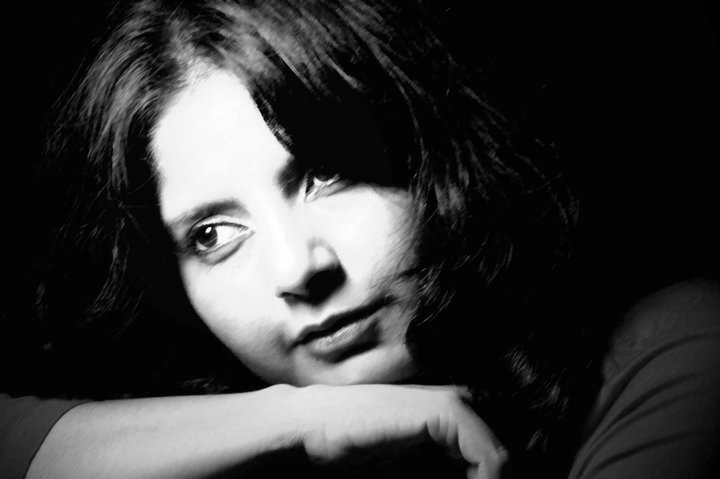Narratives of Development in South Asia: Kolkata, South City and Solace
The problem of space and more specifically the ‘city’ in the post-modern context has been addressed critically in a varied way by Henri Lefebvre (1974), Michel Foucault (1977), and later by David Harvey (1989), Edward Soja (1989), Mike Davis (1990) as well as Fredric Jameson (1991) et al. While debates on ‘global cities’ have become crucial, problems of a South-Asian city like Kolkata and its contemporary transformations remain largely unaddressed. Kolkata transformed drastically after Independence and partition. Its streets became glaring testimony of the political quandary, history of immigration, cultural uprootment and economic problems. Physical structures and maps altered as ‘south’ Kolkata surfaced as a significant locality of the ‘refugees’. The lanes and bylanes of Kolkata charted such histories of struggle in Bengal.
However, this paper is not a historical survey of Kolkata’s transformations over the years. It focuses on one particular element and the present moment, that is the emergence of South-Asia’s one of the biggest shopping Mall on the land of a defunct factory. Appearing like large ship the ‘South City Mall’ consists of new housing, and is located on one hand near slums (or Muslim ghettos) on the other, near middle class houses. At a distant a single cinema, the make-shift bazaar selling fish and vegetables, and opposite to it a small liquor shop -called Solace- still survives. Sometimes, at the nearby crossing amidst streams of cars a mad man walks around and laughs to himself. This paper addresses the heterogeneous nature of a south Asian city, the conflicts of development and how many ‘sub-cities’ can coexist. The attempt here is to write a ‘narrative and visual history’ of such global aspirations, which are caught up with the present Government’s attempts of industrialisation. This paper studies the ‘South City Mall’ in Kolkata as an economic, cultural and visual rupture within ‘our’ everyday experiences.
This paper refers to images to examine the social history of a city and its urban practices. Moreover, it also includes the author’s Graphic Story, FLANEUSE WANTS BITTER COFFEE. This is part of larger ongoing project on city, cinema, urban cultures, and gender.
[ Graphic Story - part I ] [ Graphic Story - part III ]
[ Graphic Story - part II ] [ Graphic Story - part IV ]
 Madhuja Mukherjee teaches film studies at Jadavpur University, Kolkata, India and is the joint coordinator of The Media Labs. Also a young avant-garde filmmaker and screenplay writer her maiden film Carnival was recently screened at the Rotterdam International Film Festival in the "Bright Future" category. A recipient of the prestigious FTII Golden Jubilee fellowship for writing the histories of the regional cinemas, Madhuja has published numerous articles on Bollywood, Amitabh Bachchan, gender, media, urban cultures, New Indian cinemas etc.
Madhuja Mukherjee teaches film studies at Jadavpur University, Kolkata, India and is the joint coordinator of The Media Labs. Also a young avant-garde filmmaker and screenplay writer her maiden film Carnival was recently screened at the Rotterdam International Film Festival in the "Bright Future" category. A recipient of the prestigious FTII Golden Jubilee fellowship for writing the histories of the regional cinemas, Madhuja has published numerous articles on Bollywood, Amitabh Bachchan, gender, media, urban cultures, New Indian cinemas etc.